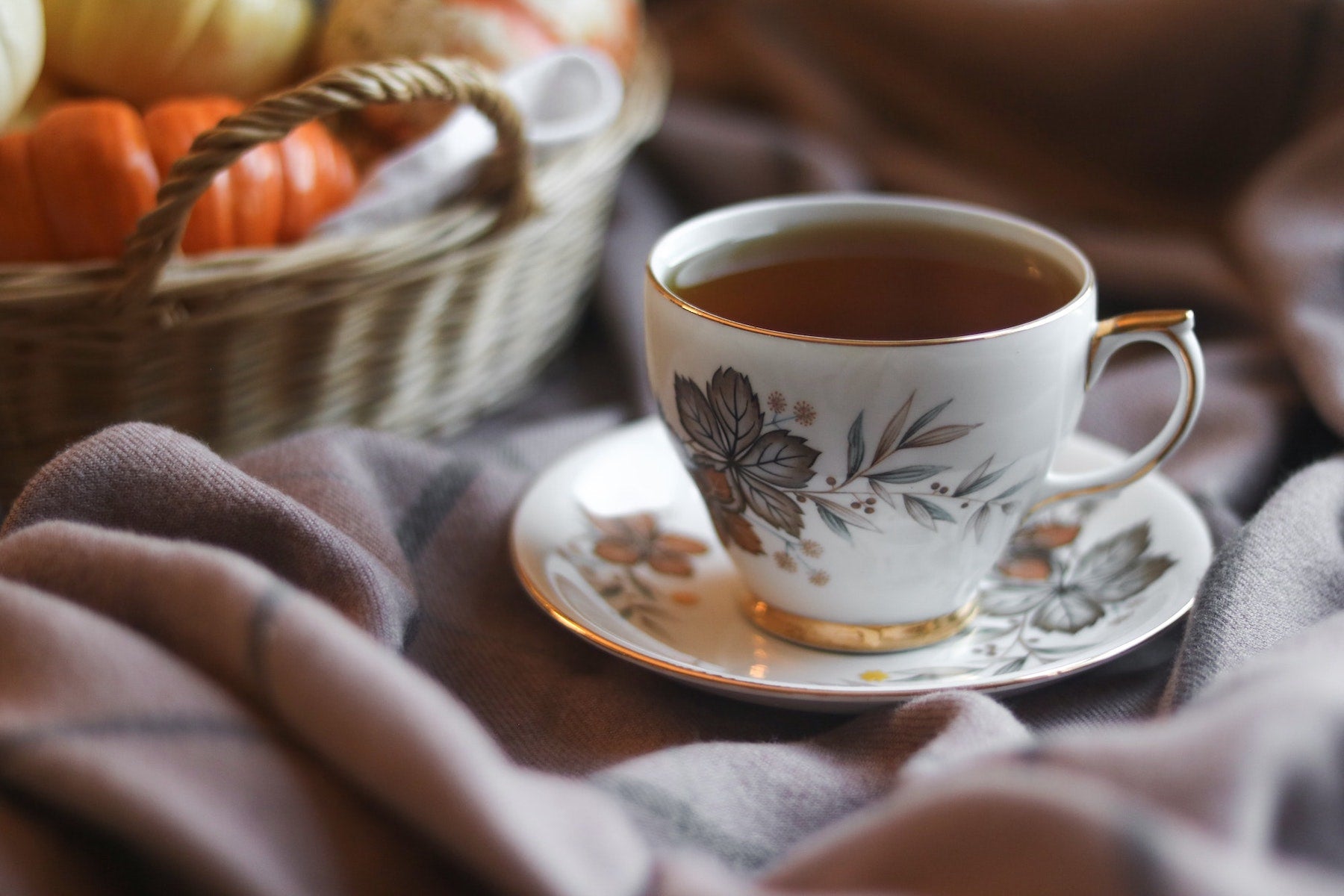What is Pu-erh Tea and Why Is It Unique?

Pu-erh tea, a unique and ancient fermented tea from China, offers rich flavors and potential health benefits. In contrast, ultra-processed foods, prevalent in modern diets, are linked to severe health risks like cognitive decline, early death, and cancer. This article explores the fascinating world of Pu-erh tea and the importance of avoiding ultra-processed foods for better health.
The World of Pu-erh Tea
What is Pu-erh Tea?
Pu-erh tea, also known as 'post-fermented' or 'fermented' tea, is made from the Cunninghamia Kumaensis subspecies of the Camellia sinensis plant. Unlike other teas, it undergoes a unique fermentation process that transforms its flavor and aroma. Typically aged for years, Pu-erh tea develops a dark color and a strong, earthy taste.
History of Pu-erh Tea
Originating from Yunnan province in China, Pu-erh tea has been produced for over a thousand years. Its production is deeply influenced by the region's climate, geography, and ecology, with thick forests and high rainfall contributing to its distinctive characteristics.
How is Pu-erh Made?
The production of Pu-erh involves two stages:
- Green Tea Process: Large, unrolled leaves are sun-dried, gently roasted, and then rolled into loose-leaf balls.
- Fermentation: The leaves are left to ferment in a humid environment, which encourages the breakdown of proteins and polysaccharides into amino acids and other molecules, giving Pu-erh its unique flavor and aroma.
The Fermentation Process
The fermentation of Pu-erh is complex and can take several years, involving stages such as:
- Initial Stage: High levels of CO2 production and foam formation.
- Developed Stage: A "bready" aroma develops as CO2 levels drop.
- Dry Stage: The transition period where fermentation slows down.
- Mature Stage: Stable and consistent fermentation.
- Over-fermented Stage: Characterized by a strong, spicy aroma and dark coloration.
Storing Pu-erh
Proper storage is essential to preserving the flavor and quality of Pu-erh. It should be stored in a cool, dry place without direct sunlight.
Pu-erh Taste and Smell
Pu-erh has a deep, musky flavor and woody, earthy aroma, distinct from green tea's light and fresh scent. The fermentation process contributes to its rich, complex taste.
Health Benefits of Pu-erh
Pu-erh tea is rich in antioxidants, phenolic compounds, and amino acids, which benefit health (1). Research on its health effects is mixed, with some studies showing increased antioxidant levels and others indicating potential damage to these compounds during fermentation. It has been shown to improve cholesterol levels, aid in weight loss, reduce the risk of heart disease, and strengthen the immune system (2).
How to Brew Pu-erh Tea
Brewing Pu-erh tea is simple:
- Use good quality Pu-erh tea leaves.
- Use filtered or spring water.
- Bring the water to a boil, then allow it to cool for 30 seconds before pouring over the tea leaves.
- Steep for 3-5 minutes. Pu-erh tea can be steeped multiple times.
- If desired, sweeten with honey or sugar.
Recipes with Pu-erh Tea
Pu-erh tea can be used in various recipes:
- Pu-erh Tea Chicken Soup: Infuses the broth with a deep, earthy flavor.
- Pu-erh Tea Eggs: A classic Chinese dish with a rich, dark color and unique flavor.
- Pu-erh Tea Pancakes: Infused with the earthy tea flavor, perfect for breakfast or a snack.
Ultra-Processed Foods and Their Health Risks
What are Ultra-Processed Foods?
Ultra-processed foods are highly processed and often contain additives. Examples include packaged snacks, frozen meals, and sugary cereals.
Dangers of Ultra-Processed Foods
Consumption of ultra-processed foods is linked to severe health risks, including:
- Cancer: Additives and chemicals in these foods may contribute to cancer development.
- Early Death: Studies show a higher mortality rate among those who consume large amounts of ultra-processed foods (3).
- Cognitive Decline: These foods can negatively impact brain health and cognitive function (4).
Examples of Ultra-Processed Foods
Common ultra-processed foods include:
- Processed meats like hot dogs and bacon
- Packaged snacks like chips and cookies
- Frozen meals like pizza and TV dinners
- Sugary cereals and carbonated beverages
How to Avoid Ultra-Processed Foods
To reduce intake of ultra-processed foods (5):
- Read Labels: Choose foods with whole ingredients and no added sugars or artificial sweeteners.
- Avoid Processed Meats and Sugary Drinks: Opt for water or unsweetened beverages.
- Choose Whole Fruits and Vegetables: Prioritize fresh produce over packaged snacks.
Related Studies:
- This study isolated and identified 8 antioxidant phenolic compounds from Pu-erh tea, including gallic acid, catechins, and flavonoids.
- "Interrelationship analysis between phenolic compounds and in vitro antioxidant activities in Pu-erh tea" was published in LWT - Food Science and Technology. This study found that the antioxidant activities of Pu-erh tea were strongly correlated with its phenolic compound content.
- According to this study, increasing the proportion of ultra-processed foods in the diet by 10% increased the risk of overall, breast, and prostate cancer.
- This study discovered that eating more ultra-processed foods was linked to an increased risk of all-cause and cardiovascular death.
- This study showed that higher consumption of ultra-processed foods was associated with a faster rate of global cognitive decline and a higher risk of dementia.
Conclusion
While Pu-erh tea has a distinct and rich flavor profile with potential health benefits, ultra-processed foods pose serious health risks. Choosing whole, unprocessed foods and traditional beverages such as Pu-erh tea can improve your health and well-being.
FAQs
What makes Pu-erh tea different from other teas?
Pu-erh tea undergoes a unique fermentation process with moisture, humidity, and microorganisms, transforming its flavor and aroma.
What are the health benefits of consuming Pu-erh tea?
Pu-erh tea is rich in antioxidants and phenolic compounds, which benefit health, though research is mixed on its overall health effects.
Why should I avoid ultra-processed foods?
Ultra-processed foods have been associated with serious diseases like cancer, early death, and cognitive decline due to their high sugar, fat, and additive content.
How can I identify ultra-processed foods?
Look for foods with long ingredient lists, especially those containing additives, preservatives, artificial flavors, or sweeteners.
Understanding the unique properties of Pu-erh tea and the dangers of ultra-processed foods allows you to make more informed decisions about your health and well-being.
